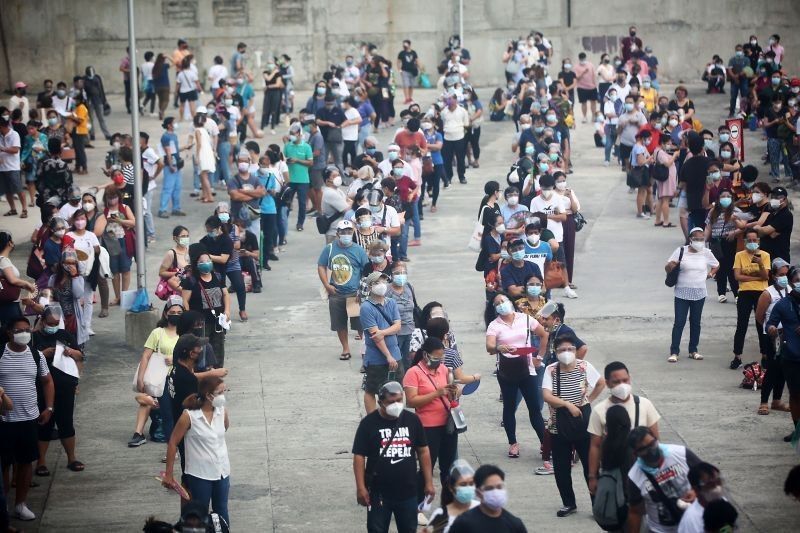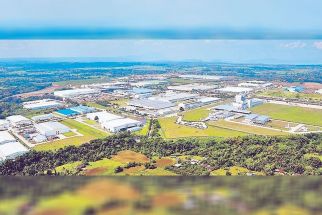Moody's unit turns gloomy on Philippines' struggle to exit pandemic

MANILA, Philippines — A sluggish vaccination program and a “decentralized” healthcare system is delaying the Philippines’ economic comeback, with growth prospects for this year turning bleaker as the country struggles to contain an unexpected flare-up of coronavirus cases.
From its previous forecast of 6.3% annual growth for 2021, Moody’s Analytics slashed its gross domestic product (GDP) projection to 5.3%, cementing the Philippines' status as a “regional laggard,” it said in a research note sent to reporters Monday.
That was worse than the Duterte administration’s tempered targets, which now pegs GDP growth this year at 6-7%, from 6.5-7.5% previously, after the emergence of more infectious coronavirus variants and a brief return to tighter mobility restrictions put a damper on the government’s growth ambitions. For Moody’s, the gloomy outlook means the Philippines “isn’t forecast to return to pre-pandemic levels of output until the end of 2022.”
“In contrast, China, Taiwan, South Korea and Vietnam have returned to previous output levels, while Indonesia and Thailand are on track to return this year,” it said
Since the pandemic hit home last year, the government rotated between varying levels of strict quarantine measures. This left many businesses in limbo and Filipinos jobless, dragging down consumption which was once the main growth driver for the economy.
This has been apparent as the Philippines remains in recession. As a result, downgrades to the forecasts were expected after a disappointing 4.2% contraction in the first quarter that was worse than anticipated by observers. For Moody’s, the Philippines’ struggle to rein in elevated cases stemmed from two things: a decentralized health advice and a slow immunization program that’s worsened by vaccine hesitancy.
“City and town leaders are responsible for the health system, rather than the central government. As a result, there were not consistent policies and rigorousness around contact tracing, funding, and quarantine measures for those infected and their close contacts,” it said. The Local Government Code of 1991 shifted the responsibility of managing public health from the national government to local government units.
“Only 2.7% of the country's 108 million people have received one dose of vaccine, while only 0.8% are fully vaccinated. This is problematic, because it means the Philippines remains vulnerable to continued local infection spikes, inhibiting the economic recovery,” it added.
Moving forward, Moody’s said any delays in economic recovery could widen inequality, which can be seen already as many middle-class Filipinos easily shifted to work-from-home setups while the country’s low-income and informal workforce were left unemployed. “This makes the Philippines the clear laggard in Asia,” Moody’s said.
- Latest
- Trending


























